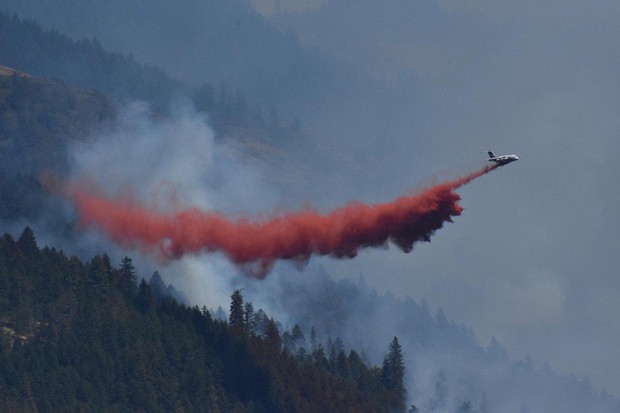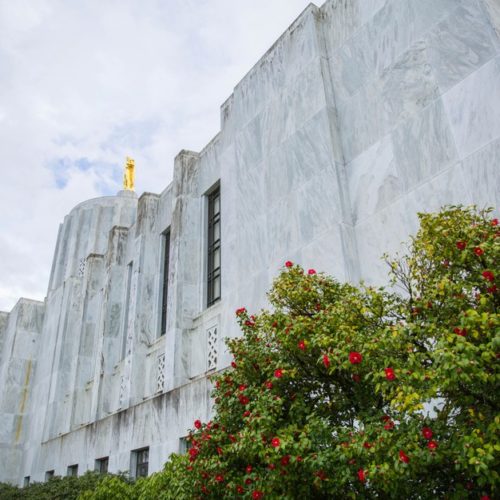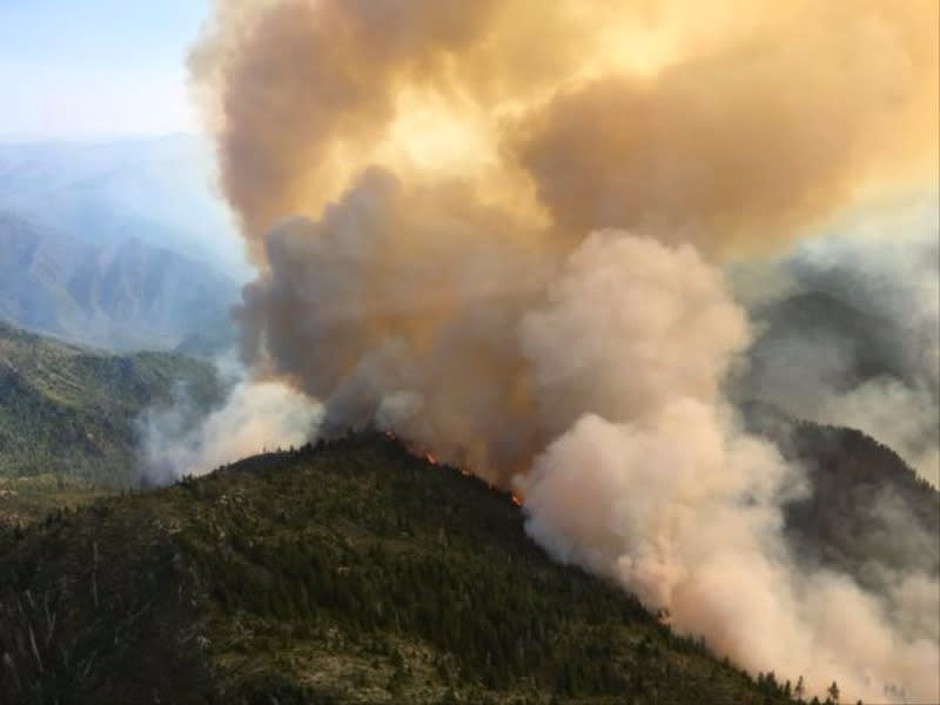
Western Forest Fires Release Less Carbon Than Thought, Study Shows
Read On
BY KEITH RIDLER / AP
The amount of carbon dioxide being released into the atmosphere from forest fires in the U.S. West is being greatly overestimated, possibly leading to poor land management decisions, researchers at the University of Idaho said.
Researchers in the study published last week in the journal Global Change Biology says many estimates are 59% to 83% higher than what is found based on field observations.
Healthy forests are carbon sinks, with trees absorbing carbon and reducing the amount in the atmosphere contributing to global warming. Forest fires can release that carbon.
“Part of the reason we’re talking about this is that there’s a narrative that has circumvented science,” said Jeff Stenzel, the lead author and a doctoral student at the university. “What that can lead to is management decisions that can exacerbate rather than mitigate greenhouse gas emissions.”
The study used field data from a 2002 wildfire in southern Oregon and a 2013 wildfire in central California that, the authors of the paper said included one of the largest pre- and post-fire data sets available.
Typically, the study found, about 5% of the biomass burned in a forest fire as opposed to other estimates of 30% and public perceptions of 100%.
Former Interior Secretary Ryan Zinke in late 2018 cited carbon released from forest fires as a result of poor forest practices on federal land and a need to increase various management practices.
Forest fires usually leave behind standing dead trees, the study said, that could be mistakenly counted as releasing carbon in other estimates. The carbon remains in those trees and is slowly released over the decades. Even then, the study found, much of that carbon is recaptured in new growth following the forest fire.
Overall, the study found, forest fires in the U.S. West in the last 15 years have emitted about 250 million tons of carbon, about half of many estimates.
Idaho State Forester David Groeschl said carbon emissions are a consideration when it comes to making decisions about forests on the 2.4 million acres (987,000 hectares) the state manages, but so are other factors.
In deciding where to log, Groeschl said, the state considers weather and climate, insect and disease, fire frequency and severity, milling technology, and local, regional and global economics.
When a forest is logged, the resulting wood products retain that carbon, he noted. When a fire moves through state-owned forests, he said, salvage logging removes standing dead trees and trees likely to die and so captures that carbon in wood products rather than allowing it to be slowly released over several decades.
He also said that forest restoration efforts following logging or a fire speed up the return of a forest that otherwise could take decades.
“We get carbon sequestration going as quickly as possible,” he said.
Wildfires have become more frequent and more severe in the last 20 to 30 years, Groeschl said, which is also a factor when it comes to logging state lands.
“The longer we grow it, the greater the risk of loss and carbon emission happening,” he said.
Copyright 2019 Associated Press
Related Stories:

Microsoft Pledges To Remove From The Atmosphere All The Carbon It’s Ever Emitted
By 2050, the tech giant pledges it will “remove from the environment all the carbon the company has emitted either directly or by electrical consumption since it was founded in 1975.”

Fly The Cleaner Skies: Airlines Look To Biofuel Production With Northwest Ties
Airlines like Alaska, United and Delta are looking into biofuel production. It’s a trend experts say will keep growing. The Northwest is playing a big role in several experiments airlines are helping fund.

Oregon Senate President Says Cap-And-Trade Bill Is Dead Amid GOP Walkout
Senate President Peter Courtney, D-Salem, says Oregon’s sweeping plan for addressing climate change this legislative session does not have the votes to pass. But it’s not clear whether that will be enough to bring Senate Republicans back to work.
















